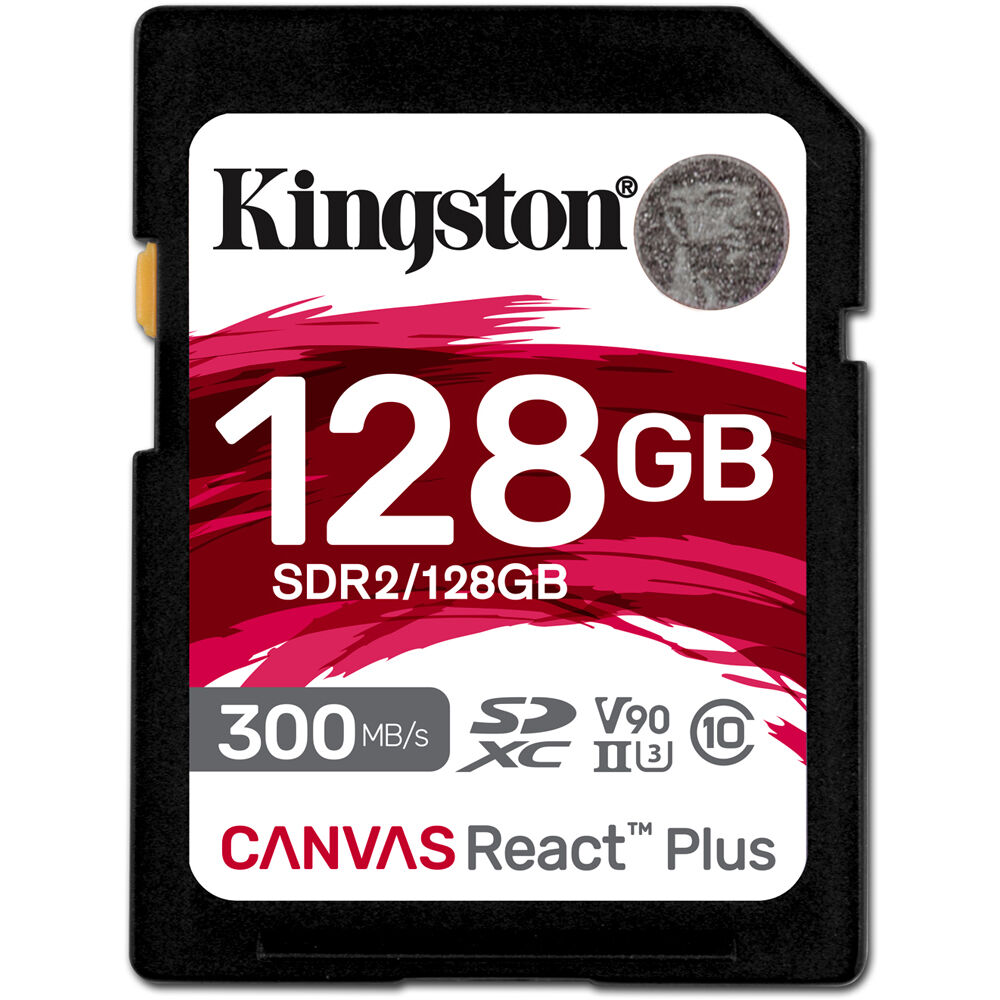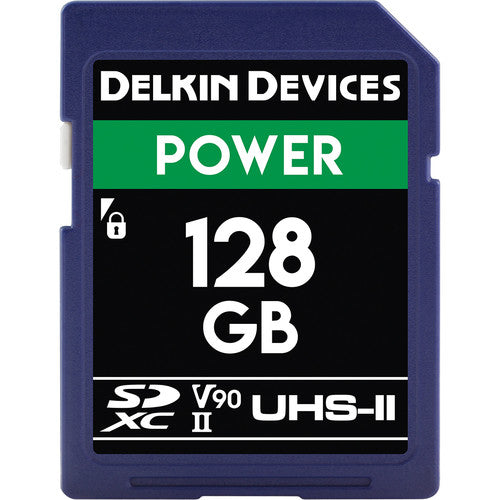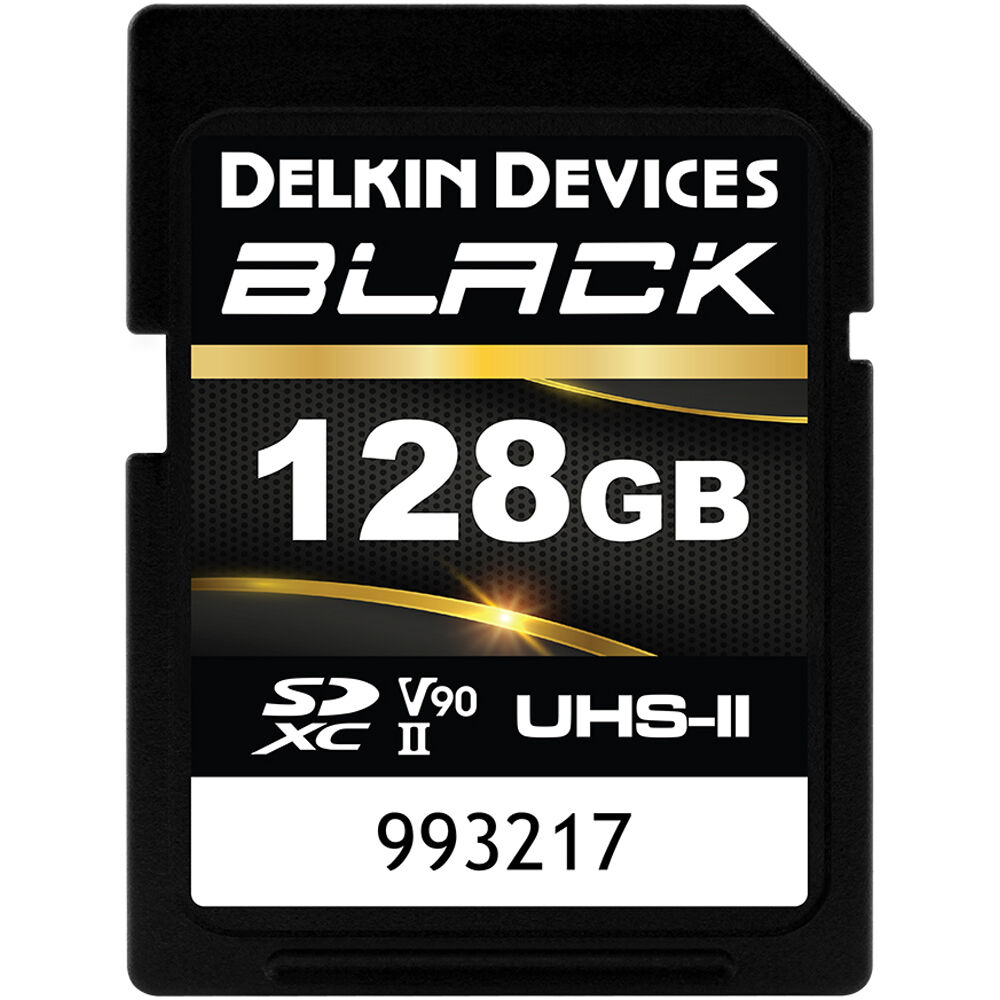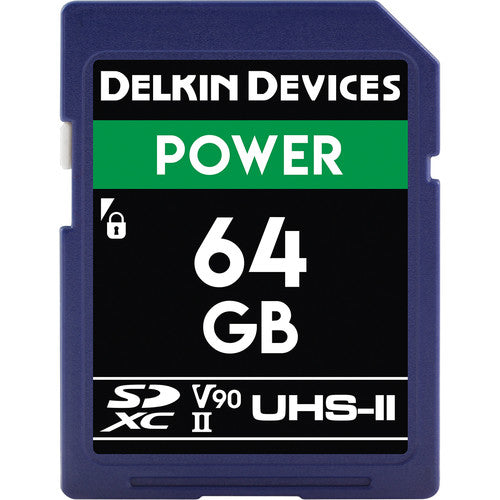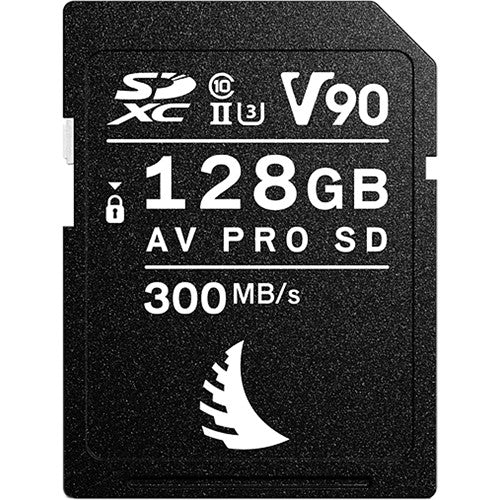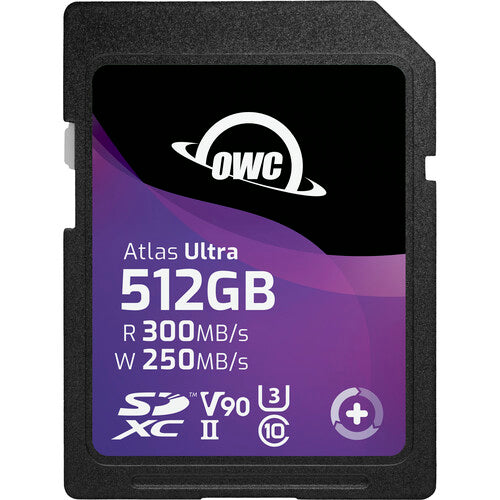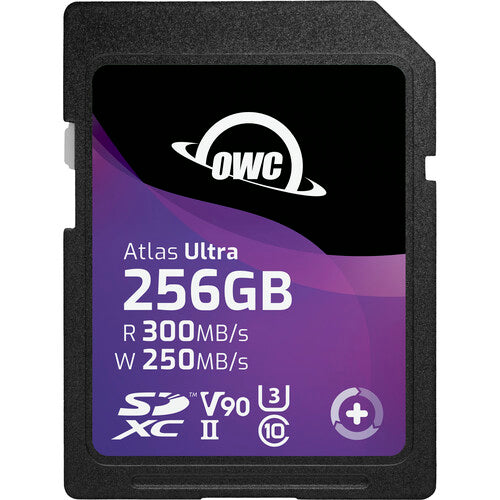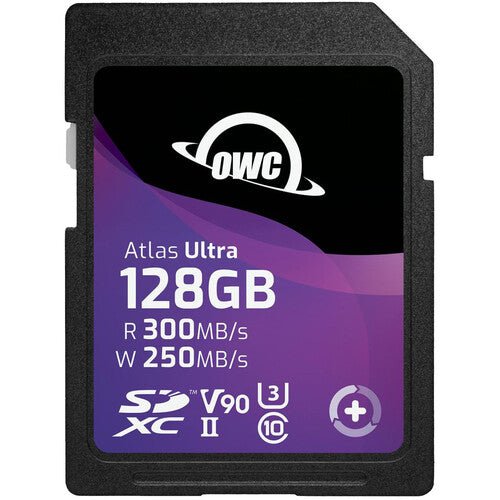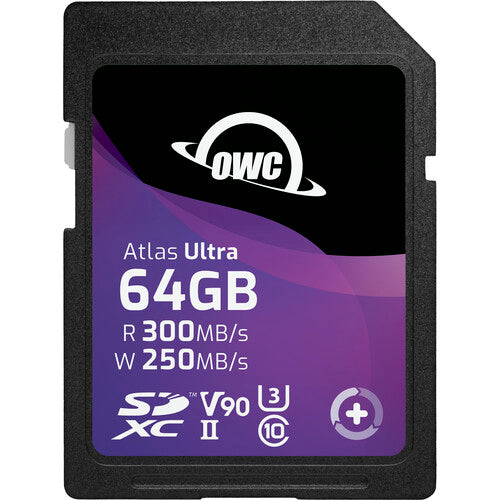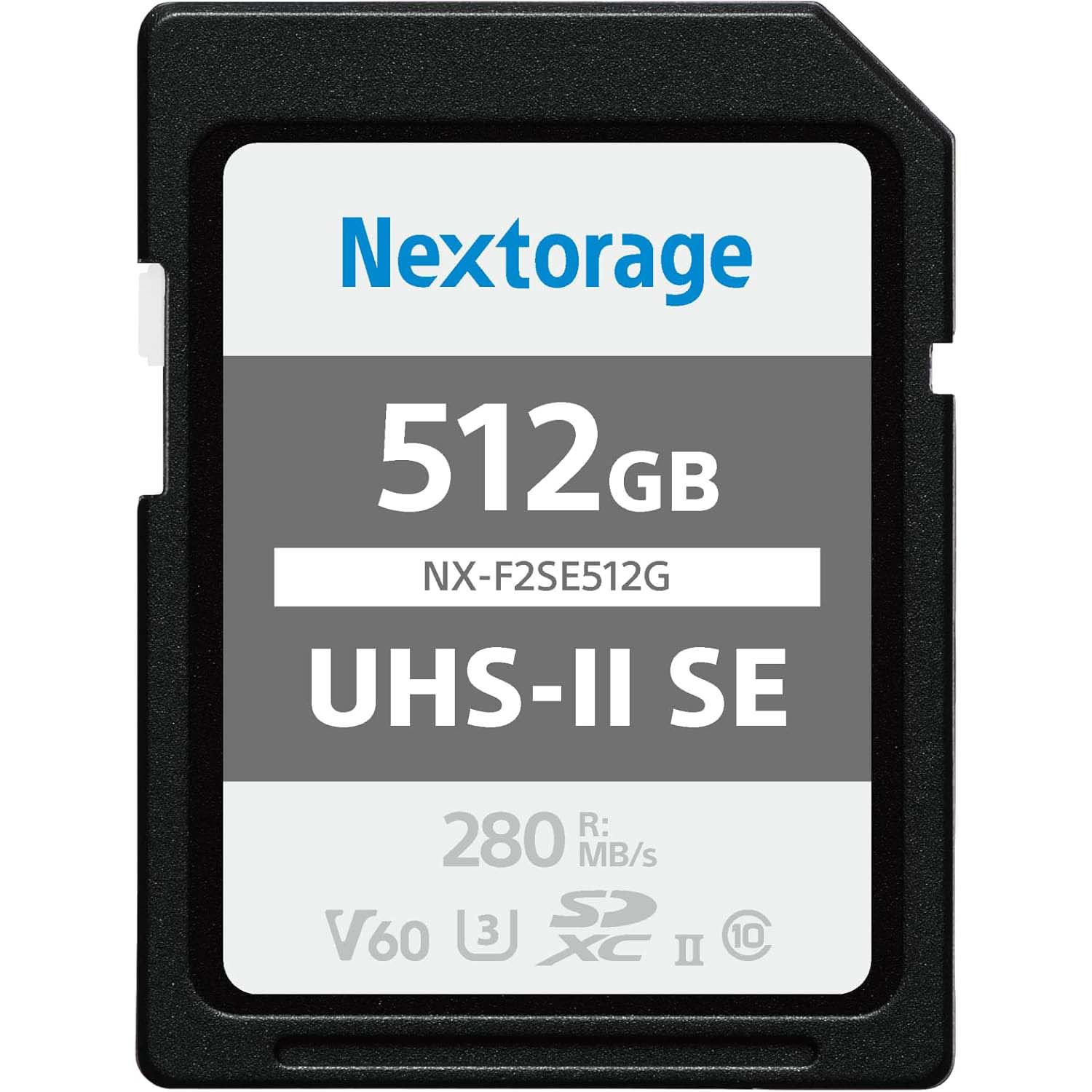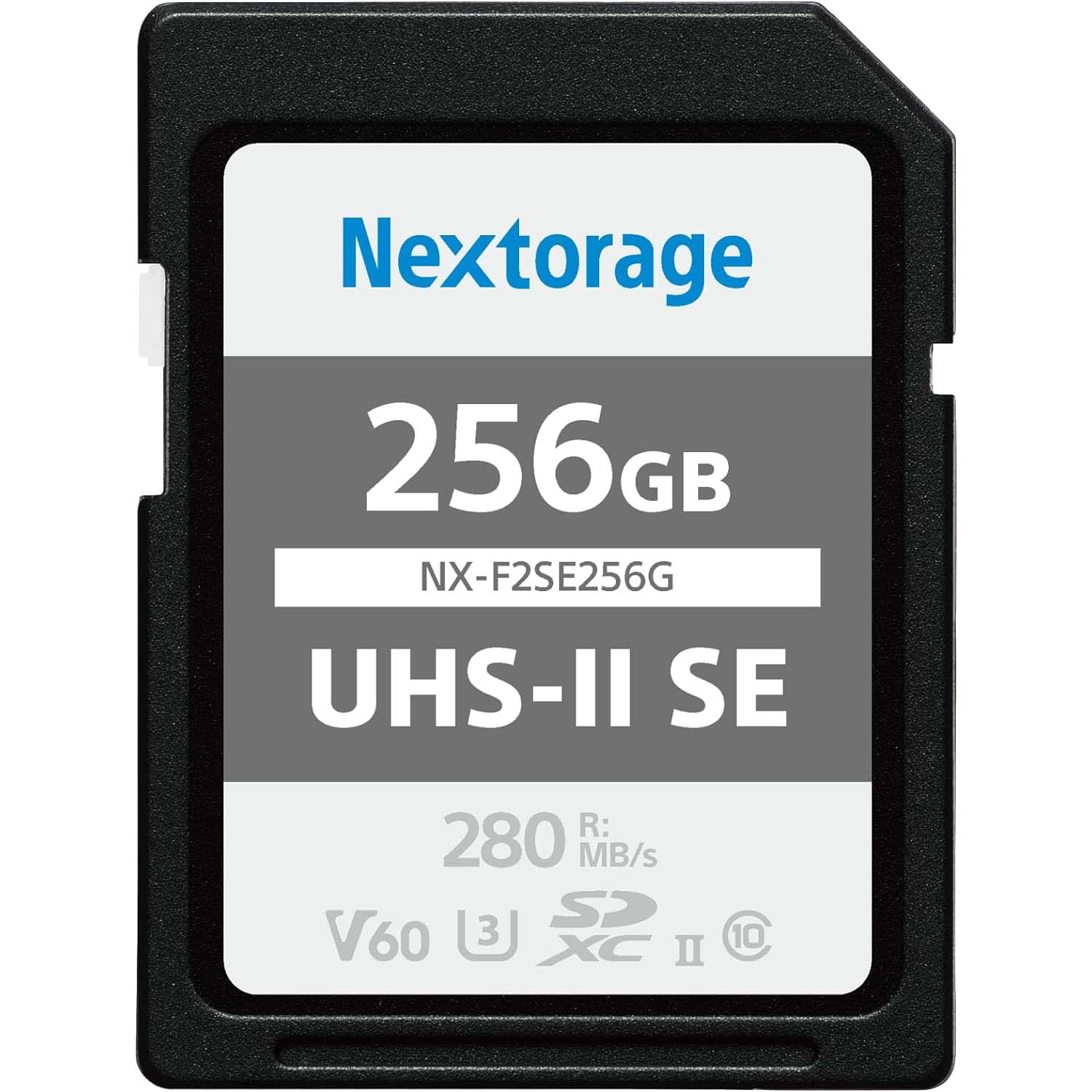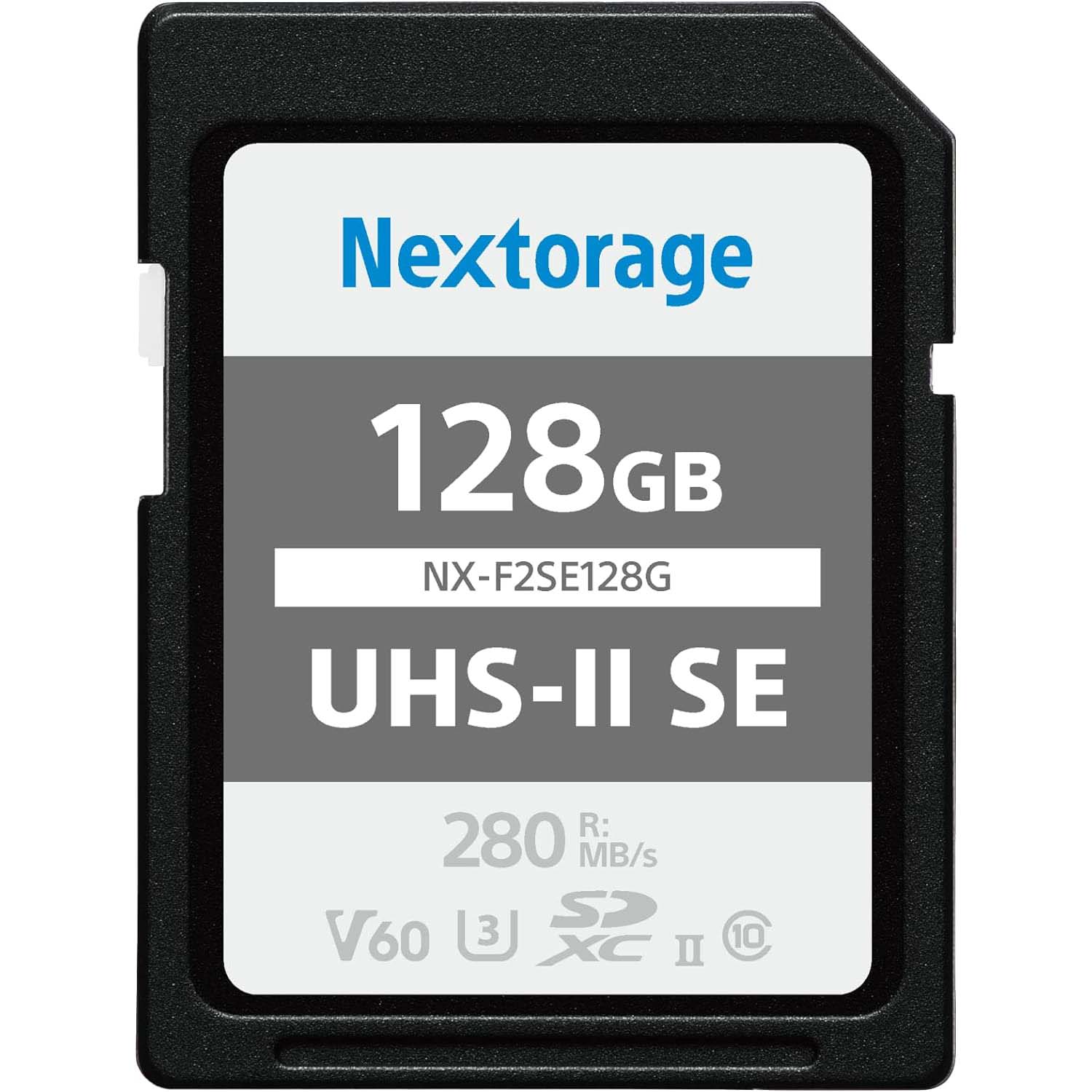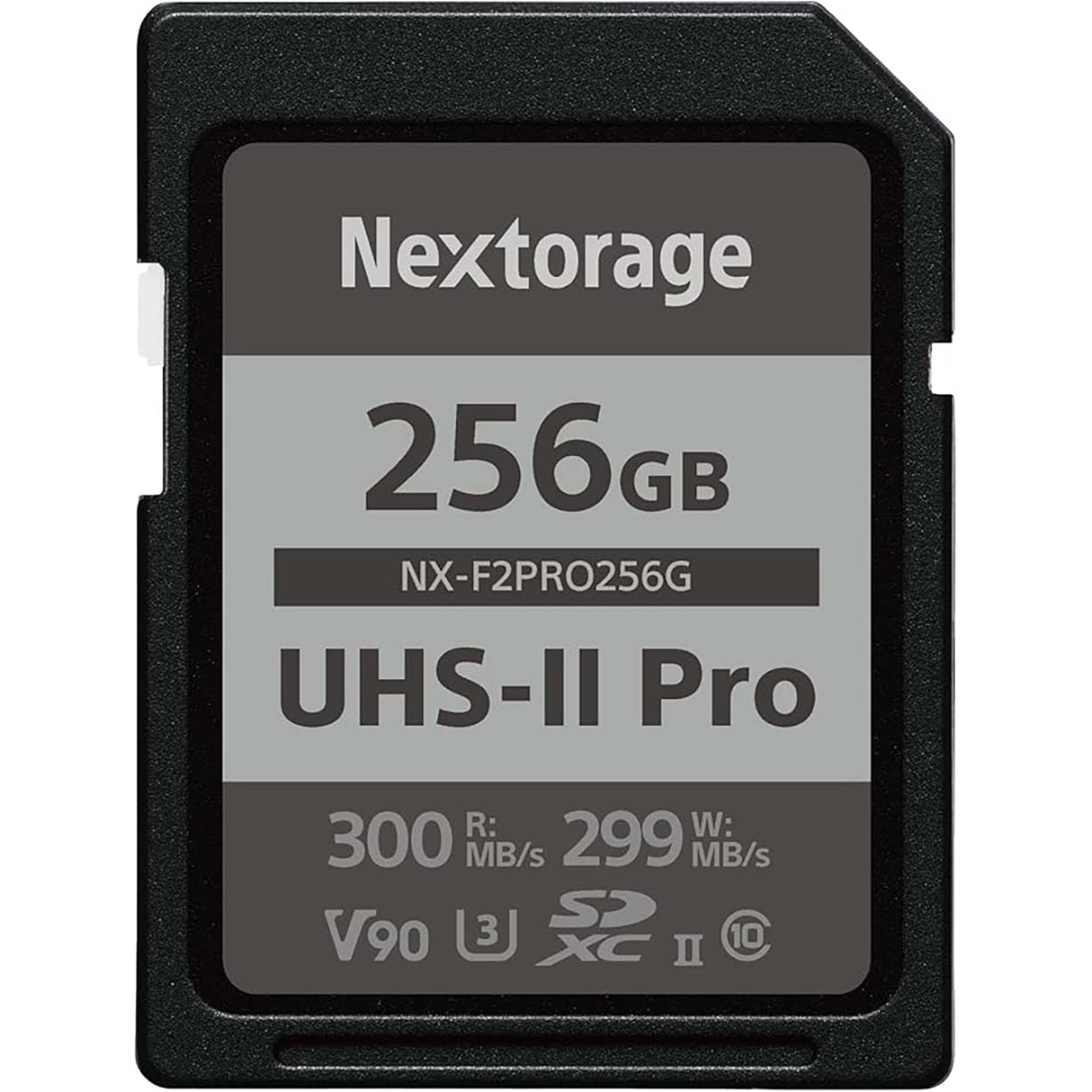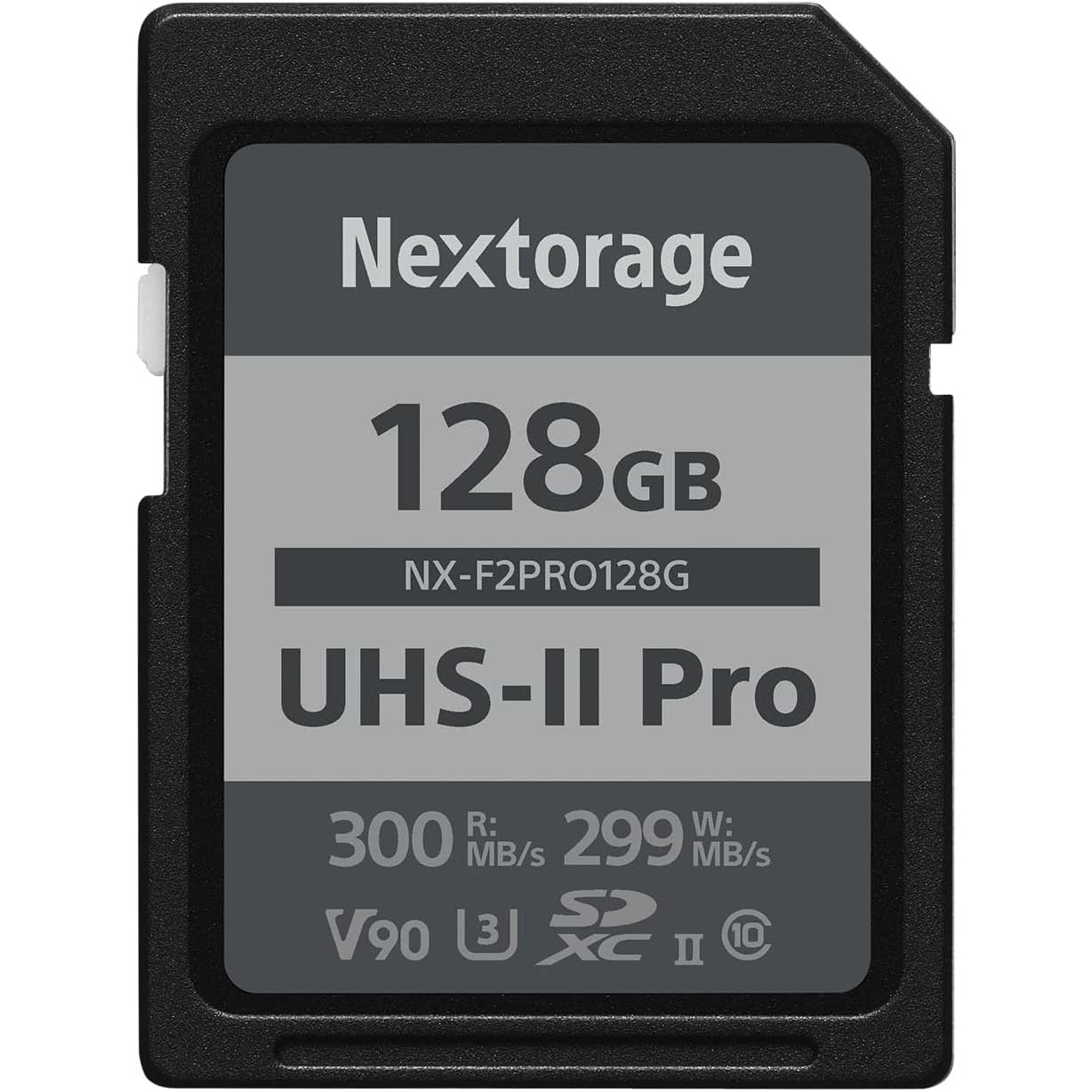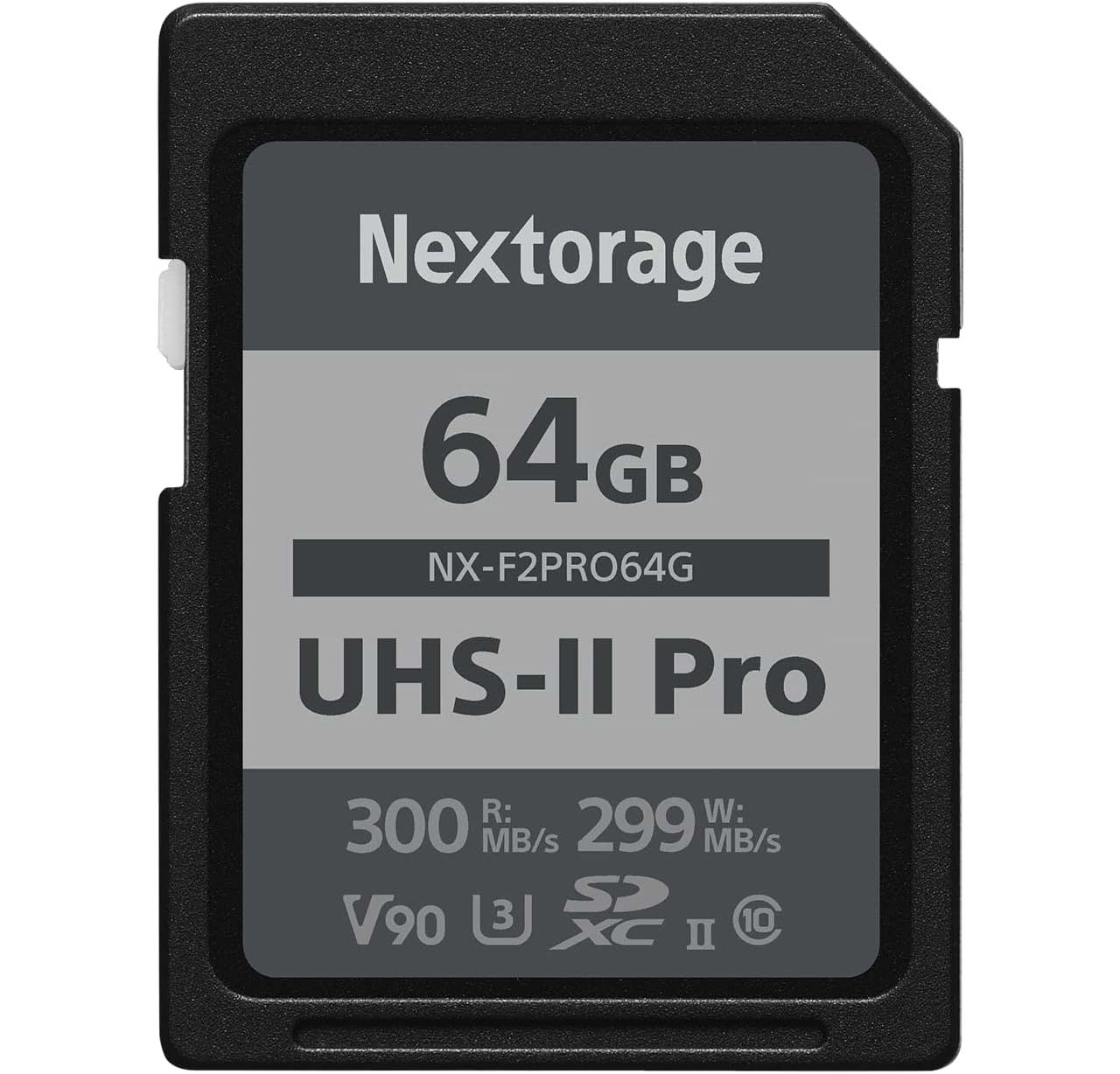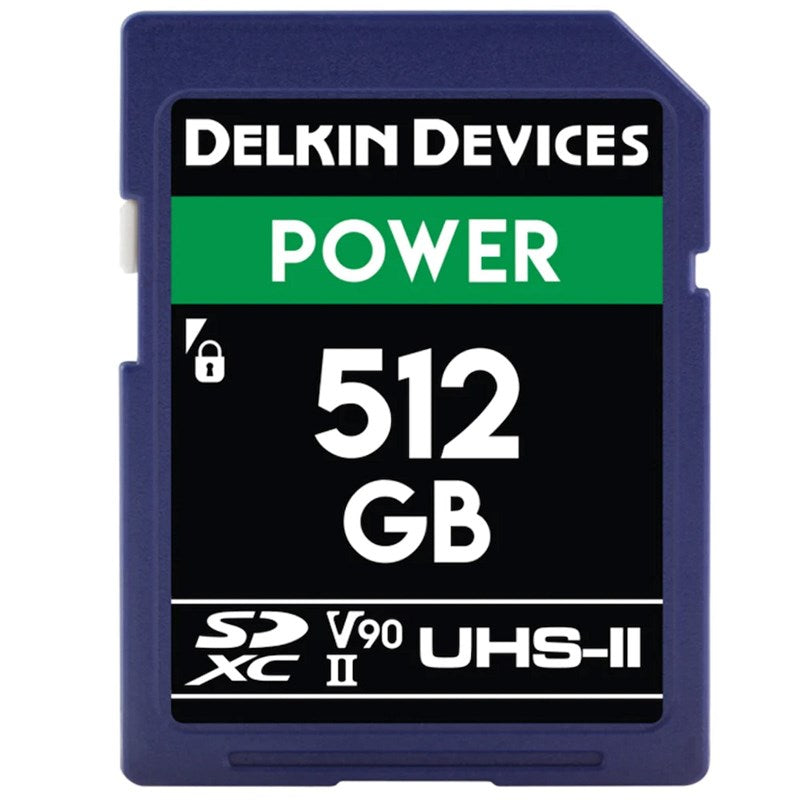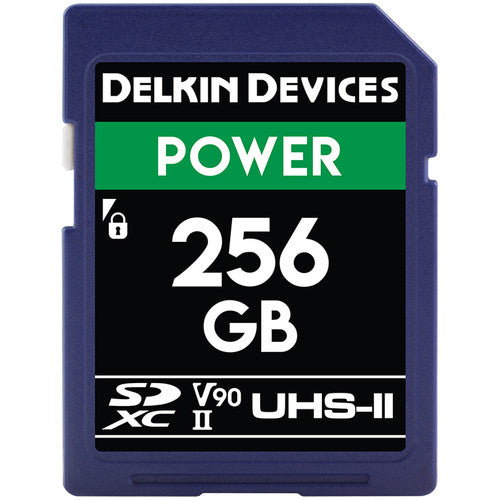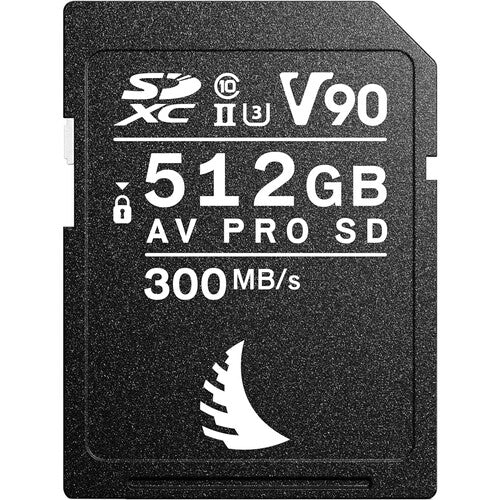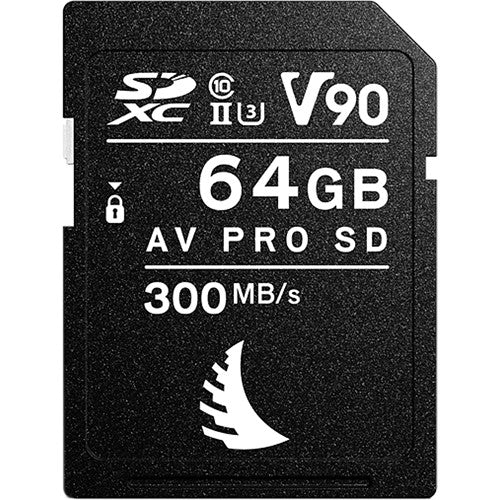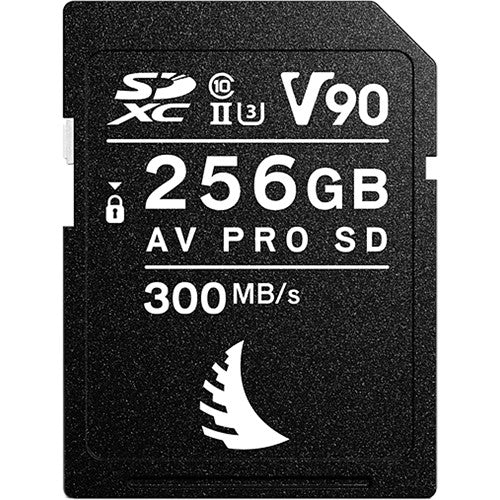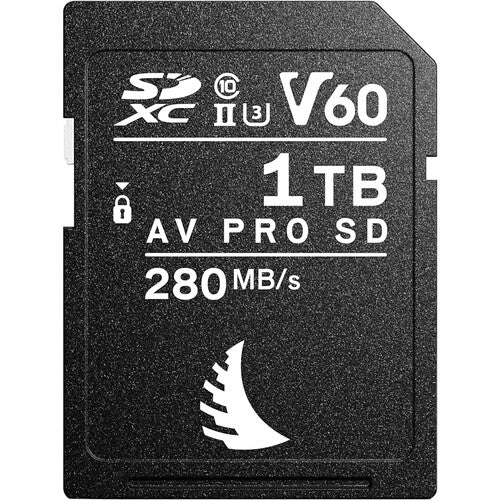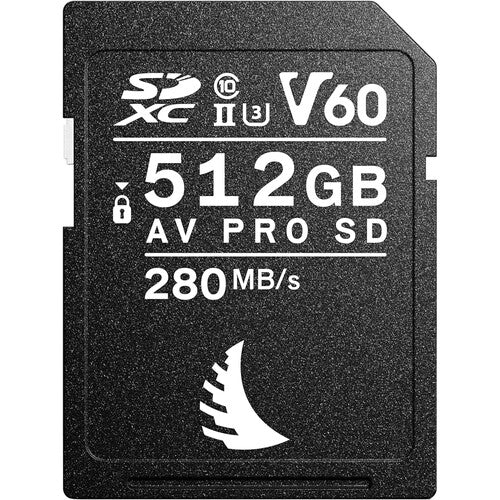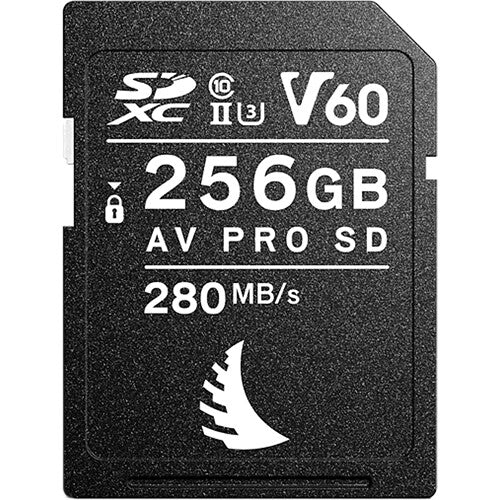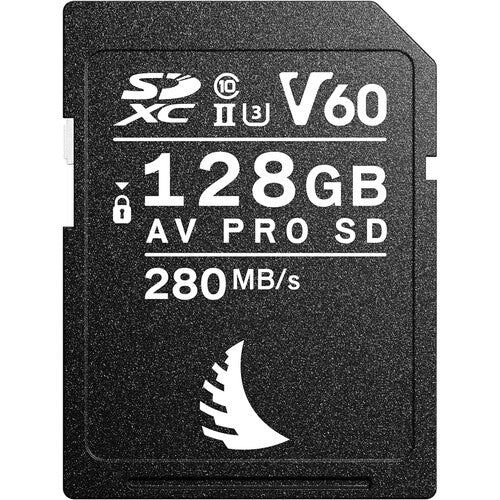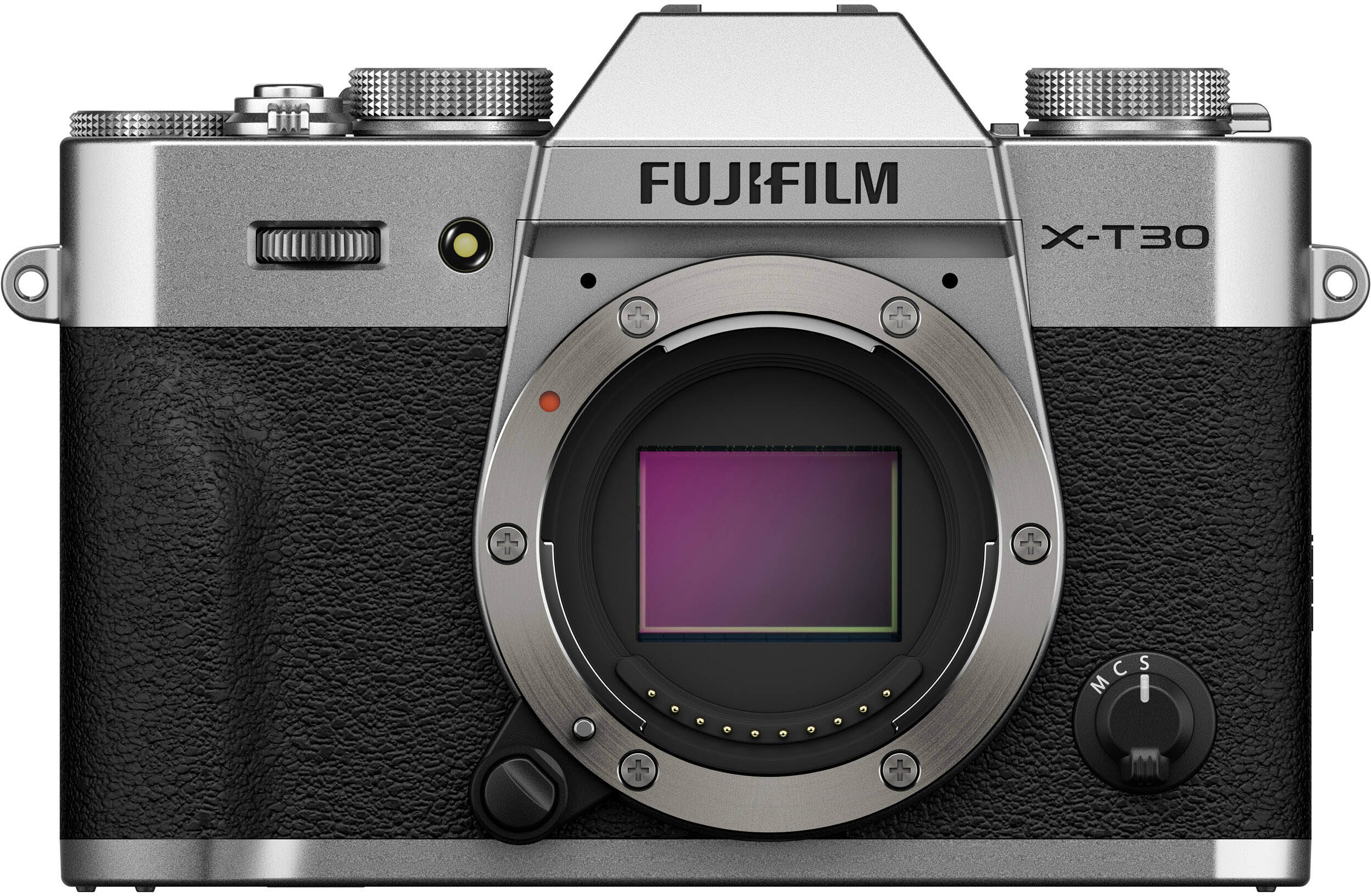
The Fujifilm X-T30 III is a 26.1MP APS-C mirrorless camera that features a single memory card slot that supports SD/SDHC/SDXC (UHS-II / UHS-I) memory cards.
SD cards support capacities of between 1-2GB, SDHC cards support 4-32GB and SDXC cards support 64GB-2TB.
For the best performance especially for continuous bursts we would recommend using the faster UHS-II SDXC cards rather than the slower UHS-I cards. We also recommend formatting new cards in-camera before first use.
Recommended UHS-II SDXC Cards
Our top 10 recommended UHS-II SDXC cards based on speed and reliability for the Fujifilm X-T30 III are:
| UHS-II Card | Max Write Speed | Max Read Speed | Video Speed Class |
|---|---|---|---|
| Delkin Devices BLACK | 250 MB/s | 300 MB/s | V90 |
| Delkin Devices Power | 250 MB/s | 300 MB/s | V90 |
| Angelbird AV PRO SD (MK2) | 280 MB/s | 300 MB/s | V90 |
| Nextorage NX-F2PRO | 299 MB/s | 300 MB/s | V90 |
| SanDisk Extreme Pro | 260 MB/s | 300 MB/s | V90 |
| Sony SF-G Tough | 299 MB/s | 300 MB/s | V90 |
| Lexar Professional GOLD 2000X | 260 MB/s | 300 MB/s | V90 |
| OWC Atlas Ultra | 250 MB/s | 300 MB/s | V90 |
| Lexar Professional GOLD 1800x | 210 MB/s | 280 MB/s | V60 |
| Nextorage NX-F2SE Series | 100 MB/s | 280 MB/s | V60 |
All of the UHS-II memory cards listed above have been confirmed as supported by Fujifilm.
FAQs
How many images can be stored on a 64GB card?
The number of images that can be stored on a 64GB memory card in the Fujifilm X-T30 III varies based on the image type that you are recording in. The following values are approximate because file size varies with the scene being shot:
- JPEG Fine: 4050
- JPEG Normal: 6000
- RAW Uncompressed: 1000
- RAW Lossless Compressed: 1990
- RAW Compressed: 2750
How many minutes of video can be recorded on a 64GB card?
When recording in 4k 2160 you can record approximately 160 minutes of video. Shots over one hour in length will be split across multiple files.
Is a V90 rated UHS-II SDXC card required for video?
When shooting video with the Fujifilm X-T30 III the maximum bitrate is 200 Mbps which is around 25 MB/s. So you don't need a V90 card to record video, a V60 or even a V30 rated card will work just fine. An SDXC card is recommended over SD or SDHC because this will avoid video files being split into 4GB chunks.
What is the difference between UHS-I and UHS-II memory cards?
UHS-II offers much faster speeds (up to 312 MB/s) compared to UHS-I (up to 104 MB/s). This is possible via a second row of pins and two data lanes for simultaneous upstream and downstream data transfer. The extra row of pins are visible on the back of UHS-II cards. Both card types are backward compatible, but a UHS-II card will only operate at UHS-I speeds in a camera that only supports UHS-I cards.
What is the difference between SDHC and SDXC memory cards?
SDHC cards are formatted using the FAT32 file system which is limited to a maximum file size of 4GB. So when recording video clips, the clip will be split every 4 GB but playback with the camera will be seamless. SDXC cards use the exFAT file system which supports a maximum file size of 16 exabytes (EB), so video clips will not be split. SDHC cards support capacities of between 4-32GB and SDXC cards support 64GB-2TB.
Are CFexpress Type B cards supported?
No, the Fujifilm X-T30 III only supports SD/SDHC/SDXC (UHS-I / UHS-II) memory cards, CFexpress Type B cards will not physically fit the camera.
Where can you find the Fujifilm X-T30 III specifications?
Full specifications for the Fujifilm X-T30 III can be found on Fujifilm's website.

